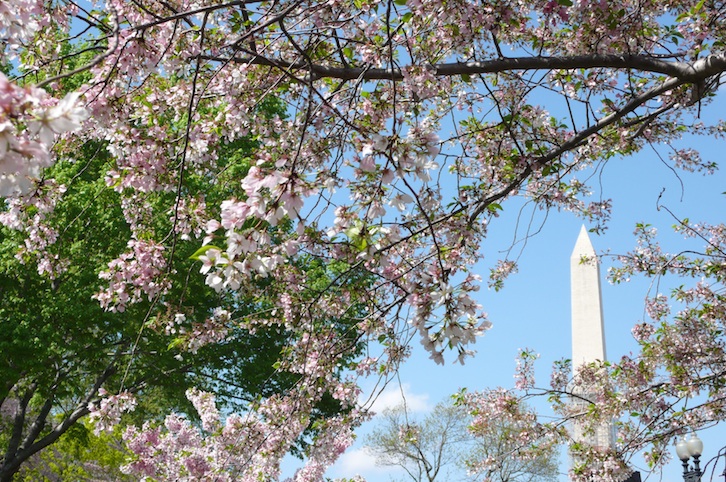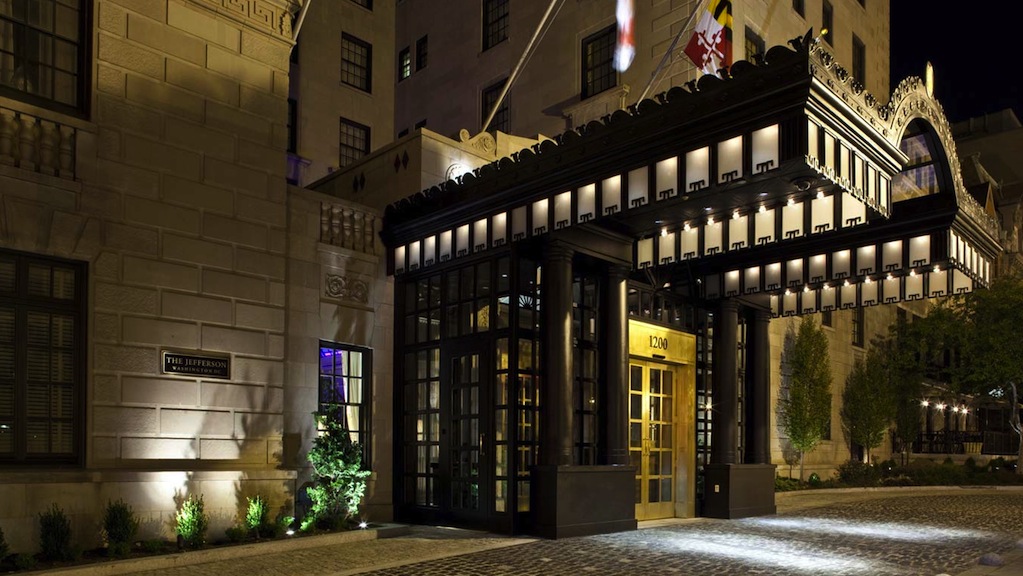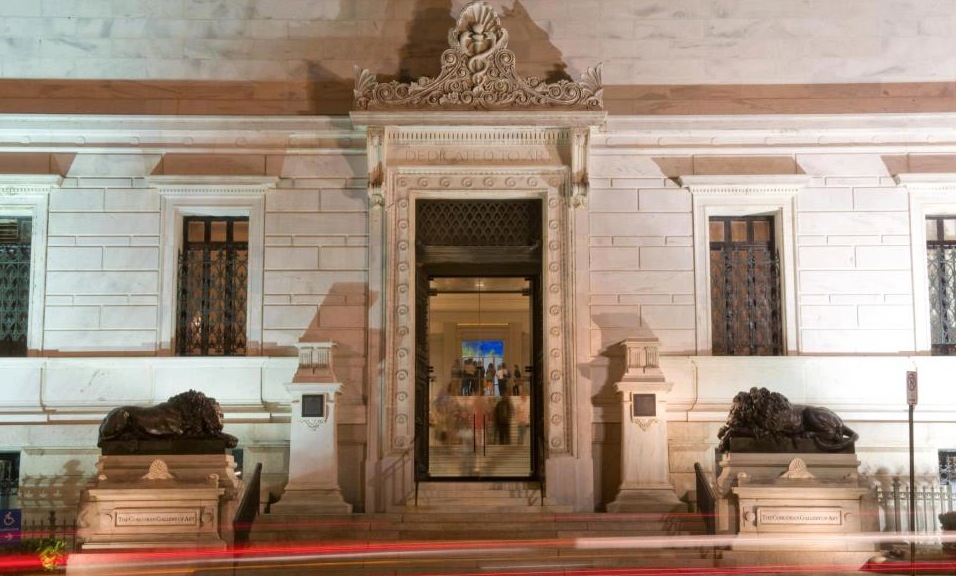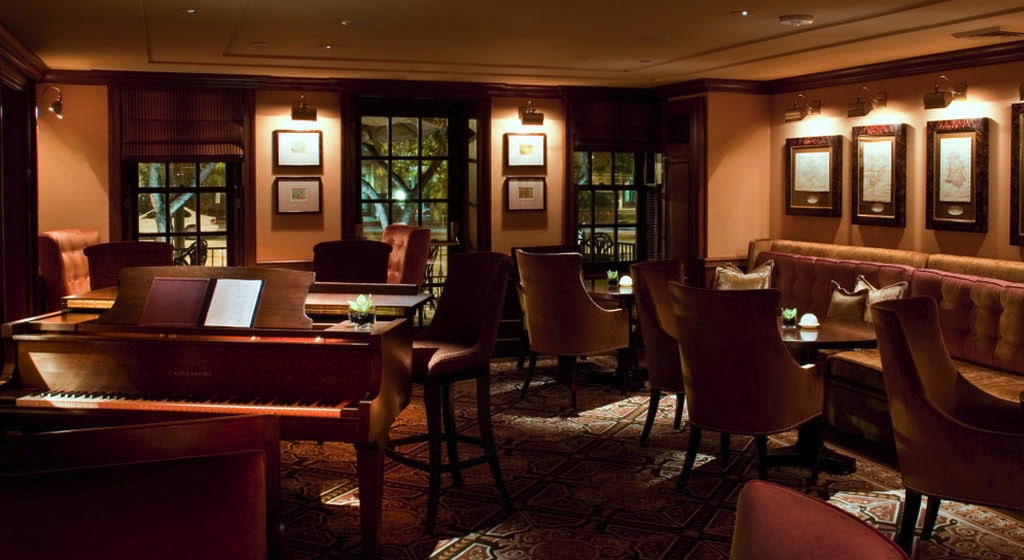By now, the cherry blossoms are gone with the wind into the Tidal Basin, which means that you missed this year’s National Cherry Blossom Festival in Washington, D.C.
The upside is that you also missed the crowds. Nearly a million people descend upon the nation’s capital during cherry blossom season and the crowds around the Tidal Basin are like Grand Central at rush hour.
Many of us first learned D.C. from school field trips, but there’s more to D.C. than monuments – and cherry blossoms. With the advent of spring, D.C. breaks into festival mode and locals emerge from their winter lairs.
One of the joys of the District with the lengthening of days is the abundance of blue sky. Due to D.C.’s Height of Buildings Act, which passed in 1910, Washington’s skyline is low enough to make parts of D.C. feel as open and airy as 18th-century Paris. Walking around D.C. on a balmy spring night can be as restorative as a day at the beach.
Here’s a list of five good reasons to revisit your nation’s capital.
The Jefferson Hotel:
Thanks to the dining habits of the White House’s current resident, the Jefferson has become known as “Washington’s second most Presidential address.” Throughout the 2012 campaign, President Obama held a series of fundraising dinners at the Jefferson and since his re-election, Obama has entertained legislators at Plume, the Jefferson‘s acclaimed restaurant.
Befitting its namesake, the nation’s third President, the 96-room luxury boutique hotel is a bastion of civility and refined design. Perfectly situated in a Beaux Arts structure on the northwest corner of 16th and M Streets, the Jefferson opened in 1923 as a luxury residential building before becoming a hotel in 1955. A top-to-bottom, two-year renovation was completed in August 2009, with the uncovering of the original 1923 skylight.
The spirit of Jefferson and his sublime taste in all matters related to a well-lived life is evident throughout the hotel. A library off the lobby is modeled on Jefferson’s own Book Room and is filled with leather-bound volumes. A sanctuary of civility with sitting nooks and plush reading chairs, the cozy room makes one yearn for a rainy day – and a bottle of Madeira, one of Jefferson’s favorite elixirs.
Antiques and artifacts of the Jeffersonian era are evident throughout the elegant hotel, coexisting in perfect harmony with the hotel’s modern-day amenities. One has the sense that Jefferson is smiling with pride to see his own epoch so well represented in the modern world.
All guest rooms and suites at the Jefferson feature Porthault linens alongside Italian stonework, with high-tech amenities such as flat screen televisions and televisions imbedded into the bathroom’s vanity mirror. Wireless is complimentary as are telephone calls. Walk-in showers feature toiletries by Red Flower, which are formulated with herbs and botanicals once grown at Jefferson’s farms at Monticello.
The attention to period detail is so pervasive throughout the Jefferson‘s private and public spaces that it’s possible to feel that one is in perfect equipoise between the 18th and 21st centuries. As sophisticated as it is discreet and distinguished, the Jefferson is a paragon of Jeffersonian ideals.
Corcoran Gallery of Art:
You might well have noticed the splendid Beaux Arts building on your way to the White House.
Perhaps you were in too much of a hurry to visit one of the oldest arts institutions in the United States. How old? Get this: the Corcoran Gallery of Art predates both Boston’s Museum of Fine Arts and New York’s Metropolitan Museum of Art.
Founded and endowed in 1869 to hold the private collection of William Wilson Corcoran, the co-founder of Riggs Bank, the Corcoran currently encompasses over 16,000 works of art.
The Corcoran’s five main collecting areas include American art to 1945, decorative arts, European art, contemporary art since 1945, and photography and media arts. With works by Chardin, Corot, Delacroix, Gainsborough, Monet, and Renoir, the Corcoran‘s European collection encompasses work from the 14th through the early 20th centuries.
On Sundays, the Corcoran serves a “Market Brunch” at Todd Gray’s Muse, the in-house café, which features seasonal, sustainable fare enhanced by live musical performances (and a discounted admission fee).
Plume Restaurant:
If you’re still awaiting your invitation to dinner at the White House, then the next best thing might be dinner at Plume. After all, Plume is the restaurant where President Obama recently hosted a dinner for GOP lawmakers and where the President hosted a number of fundraising events during the 2012 campaign.
Located at the Jefferson, which is often considered “the second most Presidential address in Washington,” Plume is housed beneath the historic hotel’s original 1923 skylight. Illuminated by candlelight, sconces, and the glow from the sumptuous dining room’s marble fireplace, the refined atmosphere at Plume evokes Thomas Jefferson in Paris.
In keeping with the hotel’s namesake, Executive Chef Chris Jakubiec draws inspiration from Monticello’s gardens and incorporates Jefferson’s favorite fare into his seven-course Thomas Jefferson Tasting Menu, which includes a black truffle mac ‘n cheese flecked with Virginia country ham. A true oenophile, Jefferson kept more than 4,000 bottles of Madeira in his wine cellar. Not to be outdone, Advanced Sommelier Michael Scaffidi, formerly of the French Laundry, takes great pride and pleasure in each bottle he collects for Plume‘s extensive cellar.
Voted “Best D.C. Restaurant” by Zagat, Plume is located at the corner of 16th and M Streets, just a few blocks from the White House – so try not to act surprised when you see Michelle walk in.
Pearl Dive Oyster Palace:
Located on the bohemian chic corridor of 14th Street alongside Logan Circle, Pearl Dive Oyster Palace is the newest restaurant from Black Restaurant Group, which also includes BlackSalt and Black Jack.
Once you’ve arrived at the rustic and deliberately rough-hewn restaurant, you might cool your heels at the oyster bar, where you’ll probably want to slurp down a dozen Black Pearl oysters, which is Pearl Dive‘s signature oyster from the northern tip of Chincoteague.
On weekends, Pearl Dive Oyster Palace features a brunch menu flecked with spicy Cajun and Southern specialties, such as cornmeal-crusted Chesapeake oysters, Gulf coast po’boy, crawfish étouffée, and Creole gumbo.
Pearl Dive Oyster Palace seats on a first come, first served basis, so get there early and secure your trough – because you’re going to want to unleash your inner piggy at Pearl Dive.
Quill Bar and Lounge:
If cities were metaphors, then Manhattan represents money, Los Angeles equals fame, and D.C. is power. One of the more elegant watering holes for D.C.’s power elite is Quill, the covert candlelit lounge located off the lobby of the Jefferson.
As a pianist tickles the keys behind the bombilation of conversation, Quill buzzes with the energy of D.C.’s power players as they sip bespoke cocktails with house-made mixers and herbal-infused alcohols.
The Jefferson‘s namesake would have found himself at home at Quill, where the parquet flooring replicates Jefferson’s design for Monticello’s main salon. On the walls hang a collection of 18th-century maps that chart Jefferson’s journey through the wine regions of Europe.
The extensive wine list at Quill is complemented by specialty spirits, including the country’s most extensive collection of Madeira, Jefferson’s favored elixir, with bottles dating back to 1790.
On clement evenings, patrons at Quill puff on cigars and sip their cocktails on the outdoor terrace, discreetly discussing the latest behind-the-scenes machinations in the city of power. The tinkling of a piano trickles out onto the sidewalk: music, money, and power makes the city go round.
































Pingback: The Jefferson, Washington, DC | MRNY Style & Travel